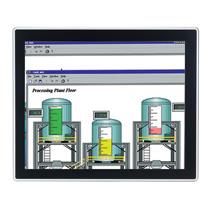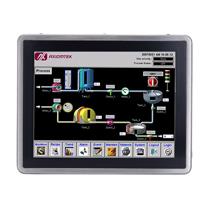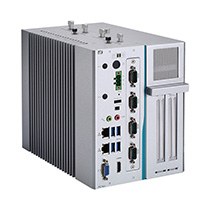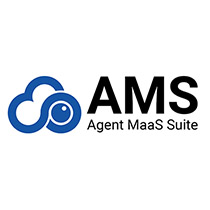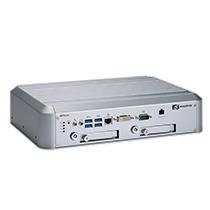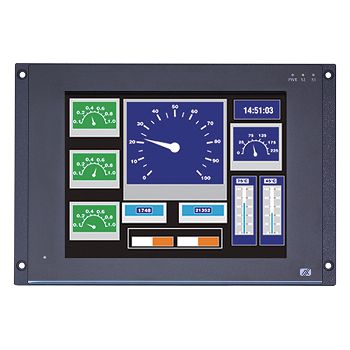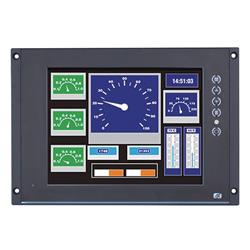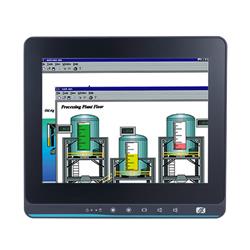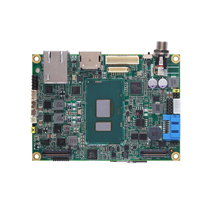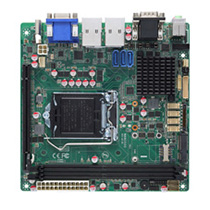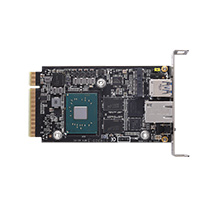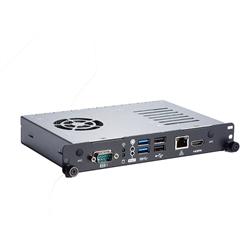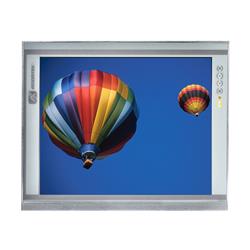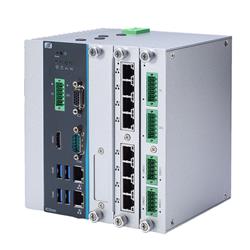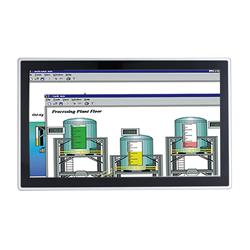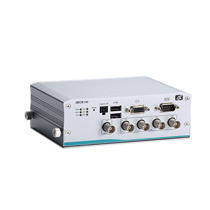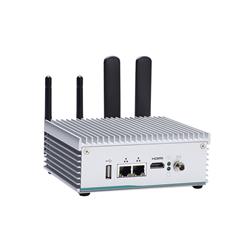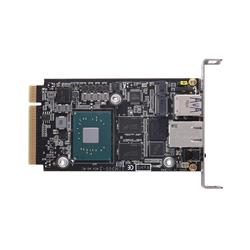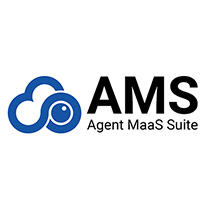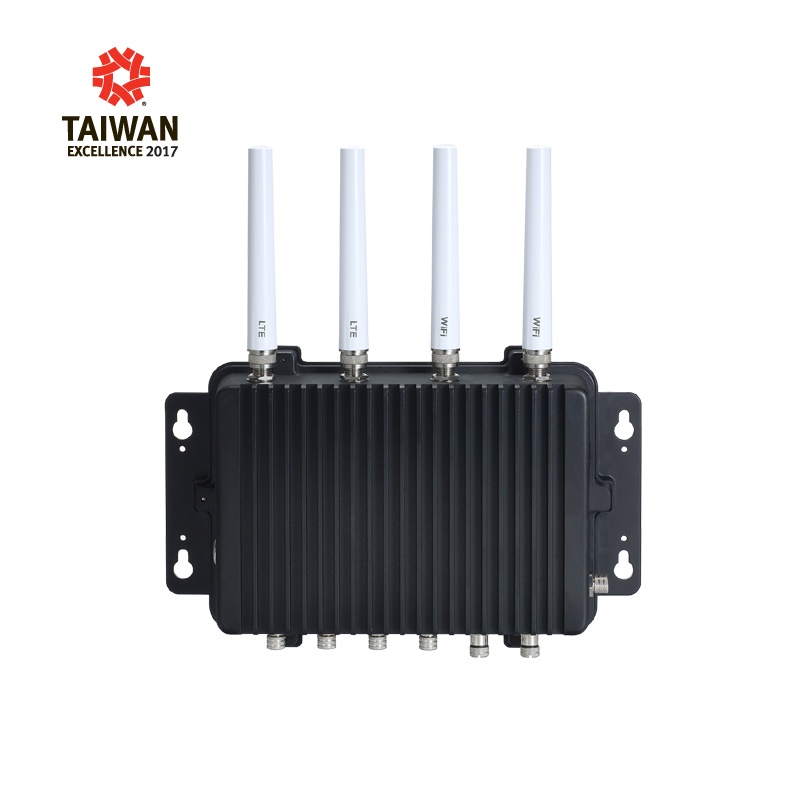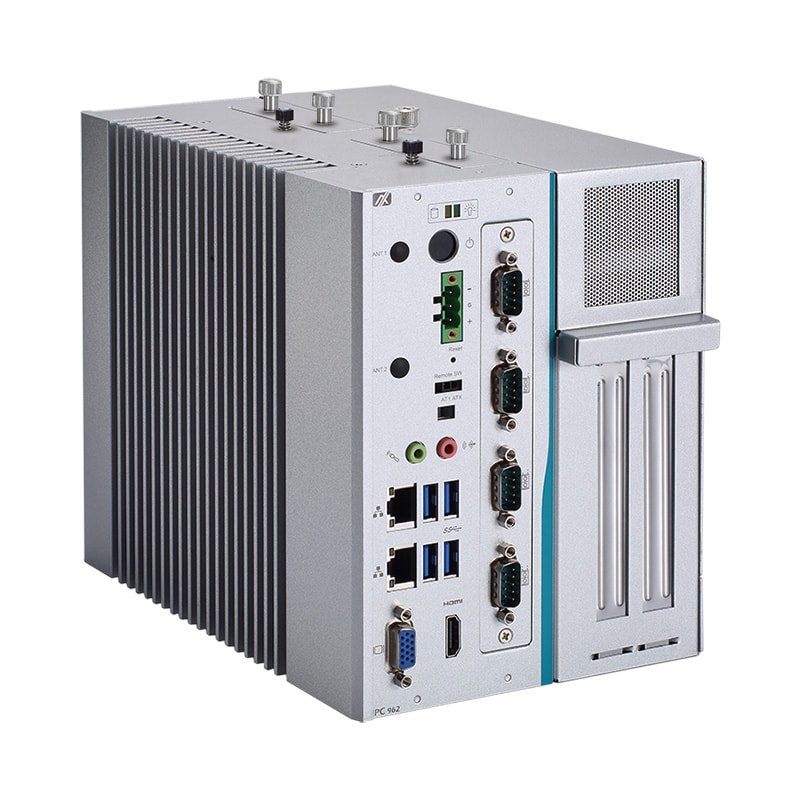What is Predictive Maintenance?
Predictive Maintenance (PdM) techniques are used to determine when in-service equipment need maintenance to prevent costly operational interruptions resulting from equipment failures.
While preventive maintenance is characterized by routine or scheduled checks of equipment, the PdM system relies on the collection and analysis of real-time data on the conditions of the equipment. The PdM system conducts non-interference monitoring in the background, collects operational data via the use of sensors, and transmits the collected information through cloud or designated servers for the appropriate team to monitor the equipment conditions. Control center staff can use the data to build failure models and program the PdM system to recognize these failure models as a part of the machine learning process. The PdM will develop the ability to make predictions for future maintenance.
The Advantages of Predictive Maintenance
- Reduce downtime
- Optimize spare parts inventory
- Extend equipment life
- Improve plant safety
- Optimize maintenance schedule
- Reduce maintenance costs
- Improve yield rate
- Optimize asset availability

The Structure of Predictive Maintenance
The predictive maintenance solution consists of four blocks: equipment & sensors, gateways, cloud service, and management.
Equipment & sensors generate massive amounts of data that could be analyzed in order to improve process efficiency and product quality. Data that comes from the equipment or sensors provides sufficient information for users to identify the condition of the equipment, and learn from the machine learning algorithms to improve product quality.
Gateways are transporters. They transmit data from equipment or sensors and send it to a destination specified by the user for monitoring and analysis. In many cases, gateways can also serve as translators that calculate and convert raw data into something easier for users, applications, or other devices to understand.
Cloud service is a shared software resource platform. The main functions of the cloud include data storage, computing, and analytics reporting. The cloud also delivers RESTful web service, calculates data, and builds failure models to train the PdM system.
Management is a key function of PdM. Since equipment needs to be monitored at all times, PdM serves as an effective interface for users to track and handle overall conditions of equipment at any time from anywhere.
What Axiomtek Offers
Axiomtek enables predictive maintenance technology that provides valuable insights to our customers so that they can drive better business decisions. Our middleware solutions help enhance our customers’ ability to quickly respond to demand spikes and emergency situations by offering visual data over the Internet of Things (IoT) and important operational alerts.
Axiomtek has developed a series of industrial IoT gateway products that come with a low power consumption Intel® processor and robust edge computing power. Our industrial IoT gateway devices feature rich I/O communication interfaces, wireless connectivity, and expandable designs. They are user-friendly, cost-effective, and reliable solutions for smart IIoT use.
Axiomtek provides a well-defined middleware and software development kit (SDK) for developers to easily connect equipment and sensors to gather data. We also offer software that controls system monitoring and alerts. Our cloud-ready solutions are IoT-enabled and are designed to help reduce our customer’s development time and effort.

Applications
Steel Plant Operations
In the metalworking industry, “rolling” is a necessary process for metal forming. A rolling mill plays a pivotal role in the process of influencing metal production quality. The factors that can affect the operations of a rolling mill include vibration, balancing, bearing smoothness, lubricating oil temperature, and the pressure of the oil hydraulic press. Predictive maintenance is key to maximizing uptime and increased efficiency.
During a rolling mill application, the PdM system collects and monitors data from the sensors mounted onto a rolling mill, which can include accelerometers, thermometers, and pressure gauges. By reading and analyzing data from the sensors, users can ensure that the mill’s operation is optimized and potential failures are prevented. The machine learning algorithm can offer a way to improve efficiency and product quality.

Robotic Arm Management
A robotic arm is a mechanical arm designed to simulate the functions of a human arm. It can be programmed to accurately perform different combinations of motions carried out by a robotic arm’s joints and bearings such as rotating, shifting, and gripping.
A variety of robotic arm motions must be monitored, calibrated, and adjusted for the accuracy of movements. The PdM system can help prevent costly loss of productivity from unexpected machine breakdowns through the use of sensors attached to the arm. They can detect vibrations, jitters, and other deviations from the normal machine’s standards and allow for advanced maintenance and uninterrupted operations.

